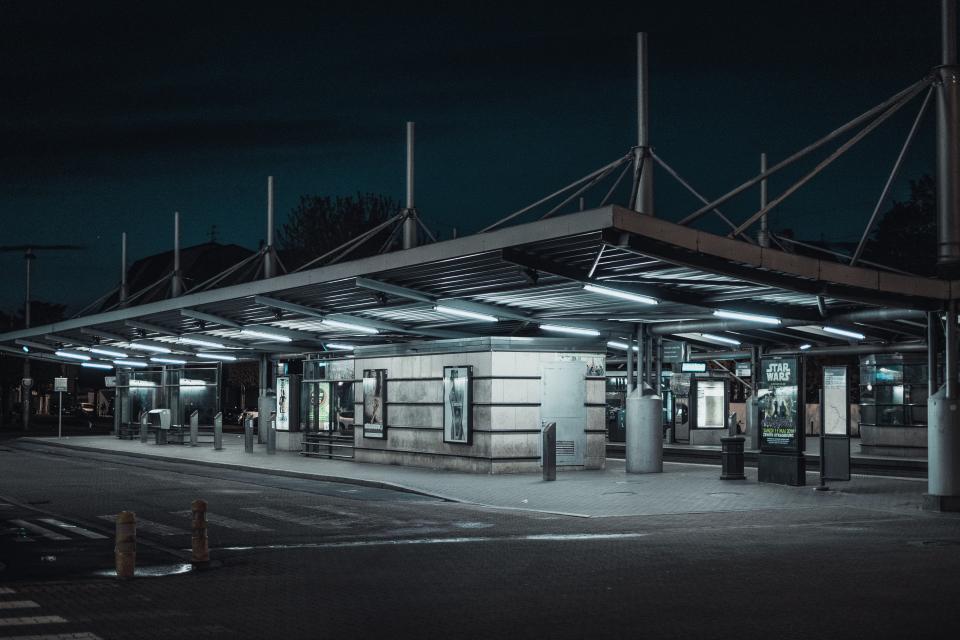This week, Russian and Ukrainian citizens arriving in Estonia and moving on from here will be additionally checked in order to get a better overview of those arriving in the country, those staying here and the transit of Ukrainian war refugees by analyzing the data received.
According to the Minister of the Interior Lauri Läänemets Estonian politician. , the officials' actions allow comparing the existing lists of ship and bus passengers with the lists of Ukrainian and Russian citizens who have crossed the eastern border. "Also, the passengers of the charter buses are checked at the Estonian-Latvian border and the list of bus passengers crossing the Latvian border is compared with the information of the same bus at the time of crossing the eastern border. This way we can find out whether all the people are still on the bus or some have changed their mind halfway and stayed in Estonia. However, we do minimal manual work and, for example, in the case of cars, we use an automatic license plate recognition system to check whether Ukrainian vehicles that enter Estonia via the external border and are said to be here only in transit, actually leave Estonia," Läänemets explained.
"In terms of internal security, the threat level is minimal and we are not pushing or driving away the Ukrainian war refugees. However, we want to make sure that those who want to stay here also inform about it honestly, so that we can offer them the necessary support and services, and at the same time, the state also has an accurate overview of the situation. This is both in the interest of the state, but primarily, of the war refugees themselves. With the current low threat level, there would be no practical sense or purpose in restoring border control on a larger scale," Läänemets said.
According to the Minister of the Interior, the additional checks do not require re-organized methods in the daily work of the police. "With the current plan, we do not have to take resources at the expense of other daily police work and, for example, emergency response," confirmed Läänemets.
If the person crossing the border is an Estonian citizen or a citizen of another country, no additional information or documentation is required from them, as confirmed by the Minister of the Interior. "Due to the additional controls, however, crossing the border may take a little more time and we ask all border crossers to be patient during this week," said the Minister of the Interior Läänemets.
Veiko Kommusaar, Undersecretary for Internal Security of the Ministry of the Interior, pointed out that additional measures have already been introduced, such as visa restrictions for Russian citizens, random checks at border areas, more thorough border control at border points on the eastern border, and enhanced police control at internal Schengen borders. "These implemented measures together with the reduced traffic at the border points have enabled a more comprehensive control and thereby mitigate the risks of border traffic to our internal security. The purpose of the proposed additional control activities is to gather more information about the movement of people whom the border guard has allowed into the country after a thorough check," explained Kommusaar.
As of yesterday, the additional inspection had been carried out for three days, during which time no violations were detected. People's attitude towards the additional control has been understandable, the news program Aktuaalne Kaamera reported.



